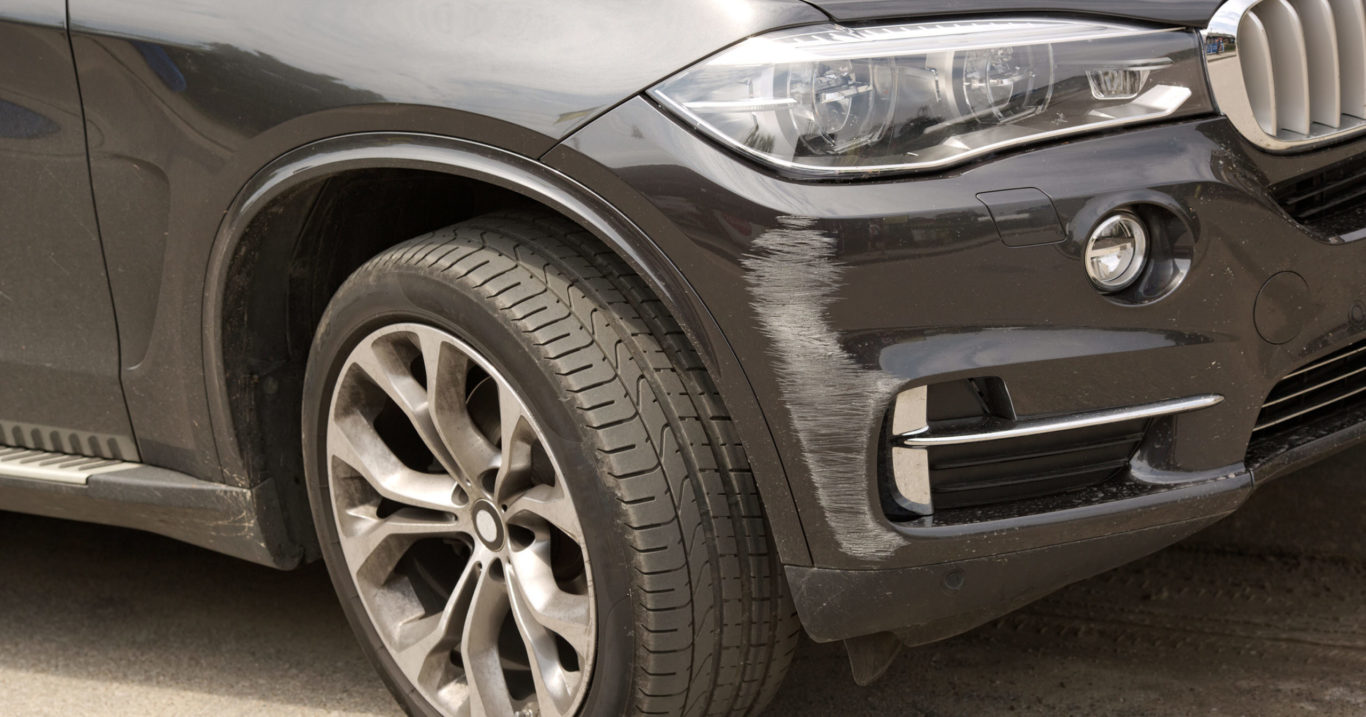
Bumper Repair: Best in the Biz
Almost 30 years in the business has taught us a thing or two.
Bumper repair and repainting after small collisions is probably the most common form of automotive bodywork. The reason for this is simple: bumpers are there to protect your vehicle, so it makes sense that they are the first things to sustain damage.
Modern bumpers are designed to absorb the impact from collisions (big and small) to prevent damage to other parts of the vehicle. After a small incident, it may be tempting to break out some Bondo and a can of spray paint and get to fixin’. However, before venturing into the DIY, read these tips below.
Here’s the scoop on bumper repair and repainting.
1. Pros know what’s best
If you are a serious petrol head and have invested in the amount of time it takes to learn how to properly re-spray a bumper, you have a large space to work, you have purchased the correct equipment, you might be able to tackle this project on your own.
However, if you are more like the rest of us that don’t have the time, space, equipment, and desire to DIY this serious repair, it’s probably best to leave it to the pros. Professional repair technicians will be able to properly account for:
Health and Safety Concerns – Automotive primer, paint, and clear coat contain some pretty noxious chemicals. Pros know how to keep themselves safe from these airborne particulates.
Environmental Concerns – All that paint that doesn’t end up on your bumper has to go somewhere, and pros know how to dispose of it in a responsible way. This isn’t stuff that you want going down the drain.
In addition to proper procedures, there is a certain amount of speed and technique that only accompanies years of experience.
2. Do your due diligence
Think of having building work done on your home. If you were getting an addition to your house or a new driveway, you would undoubtedly research various contractors before deciding which one to use. For your car, it’s no different. You don’t want to pay out the nose for bumper repair, but don’t be tempted by bargain prices that will surely be accompanied by shoddy workmanship.
Here are a few things to do before picking a shop to help you narrow it down:
Get some quotes – Go to the contact pages for various shops near you and send them a message. Include pictures if you’re able to, as well as the make, model, and year of your vehicle. Getting quotes will let you eliminate some options for prices that are exorbitantly high or suspiciously low.
Testimonials – Try to find a few testimonials for the shop that are relevant to the type of repair you need to be done. Look on the websites of the various companies for pictures of their work, as well as reviews online.
Check out the shop – Think of this step as test driving a used vehicle. If you go to the shop and it’s dirty, disorganized, and dodgy, chances are you won’t get a flawless repair done. Make sure the premises look professional and well maintained.
3. Procedure is everything
Paint can only be applied to a surface that is flat and smooth. Scrapes, rust, and gouges will require more than a repair to actually fix, so don’t be distracted by shops that are just going to slap a coat of paint on your bumper to temporarily hide problems.
Even after the surface has been restored to its original shape and is ready to paint, there is still work that needs to be done before the paint is applied. Technicians will remove everything that can easily be taken off (rubber strips, mudguards, etc.) and mask off everything else (door edges, hood, alloy rims, etc.). If this step is done imperfectly, the result will follow.
Now that the bumper has been restored and everything that is not to get painted has been masked off, the painting can begin. These are the steps that are typically associated with repainting:
- Colour matching.
- Stripping off residual paint
- Priming and etch priming
- Fine sanding
- The paint application
- Clearcoat
- Polishing
If all these things are done properly and undertaken with care, your repair will be beautiful. If you want your car to look as good after the repair as it did when it left the showroom, it’s important that your technicians follow these steps. When shopping around for shops, it’s a good idea to ask them about their repair procedures.
At Island Detail & Color, we’ve been doing small collision repair for years, and our procedure is no secret. To learn why we have such great results, just take a look at our service page.